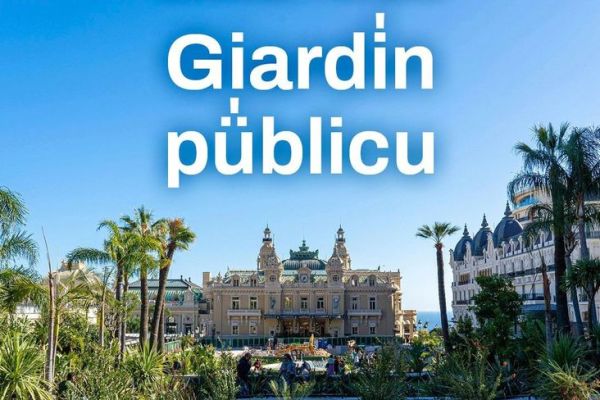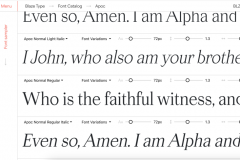Monegasque, a language derived from Ligurian, is now spoken by just a few hundred people. In order to protect this unique cultural heritage, Monegasque is now required by law to be taught up to the ninth grade. However, the absence of solutions adapted to its typographical particularities, notably the vertical tonic accents, considerably complicates its use in digital tools.
To remedy this shortcoming, the Centre Scientifique de Monaco, the Comité National des Traditions Monégasques and Sogeda collaborated with typographic designer Bruno Bernard. Together, they created Munegascu, a typeface capable of faithfully representing the specific characteristics of Monegasque while remaining compatible with current standards.
Rather than creating an entirely new typeface, Munegascu relies on Archivo, an open source typeface designed by Héctor Gatti. This base has been enriched with a unique feature: by entering a vertical bar (|) after a vowel, the latter is automatically transformed into an accented Monegasque letter, without the need for a specific keyboard or hardware adaptation. This intuitive process ensures quick and easy integration into standard office tools.
Munegascu stands out for its universal compatibility. In addition to meeting the needs of the Monegasque language, this typeface remains functional for many languages, including French. This flexibility ensures widespread adoption, both in local publications and in educational projects, facilitating the spread of Monegasque to new generations.
Available as a free download from the Comité National des Traditions Monégasques website, Munegascu is part of a process of transmission and preservation. Used in teaching and official publications, this typography will standardize the use of Monegasque, reinforcing its visibility and durability.







